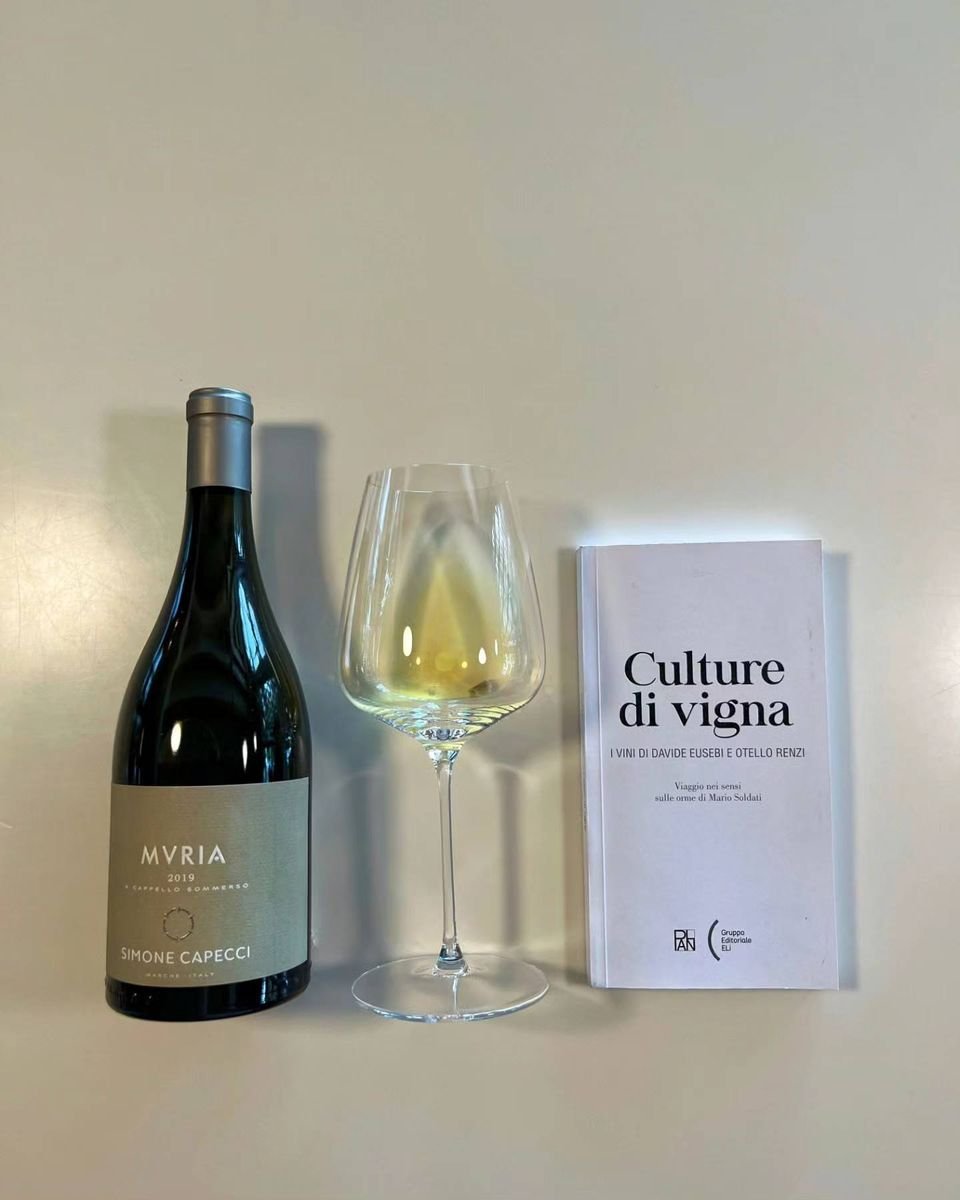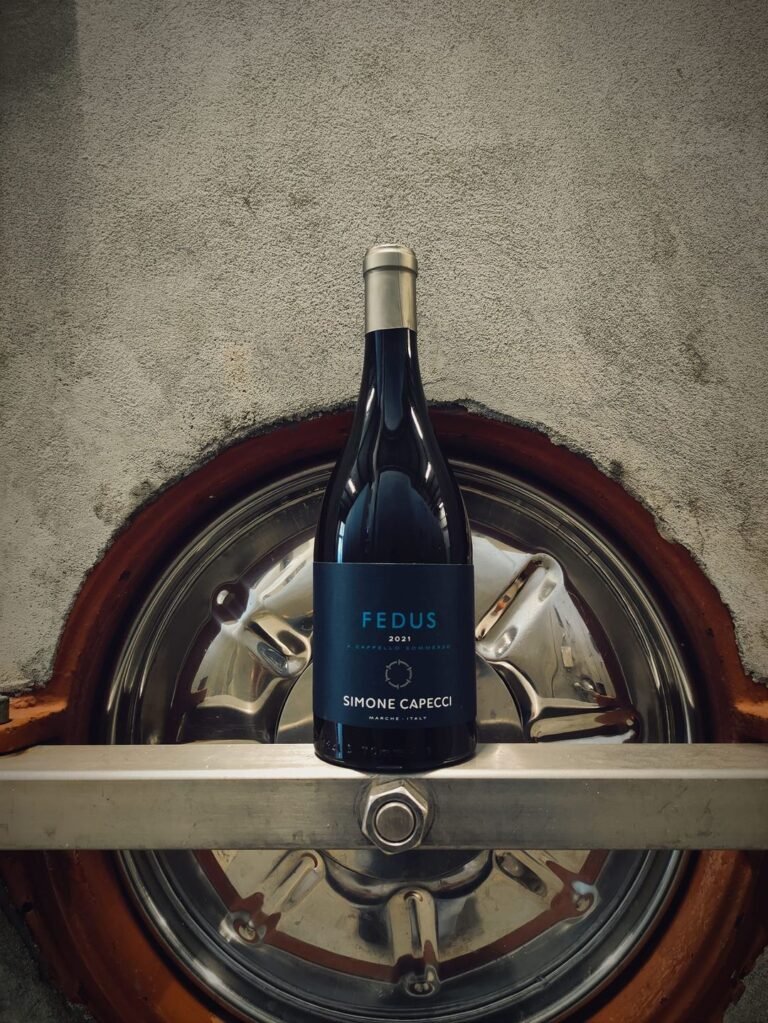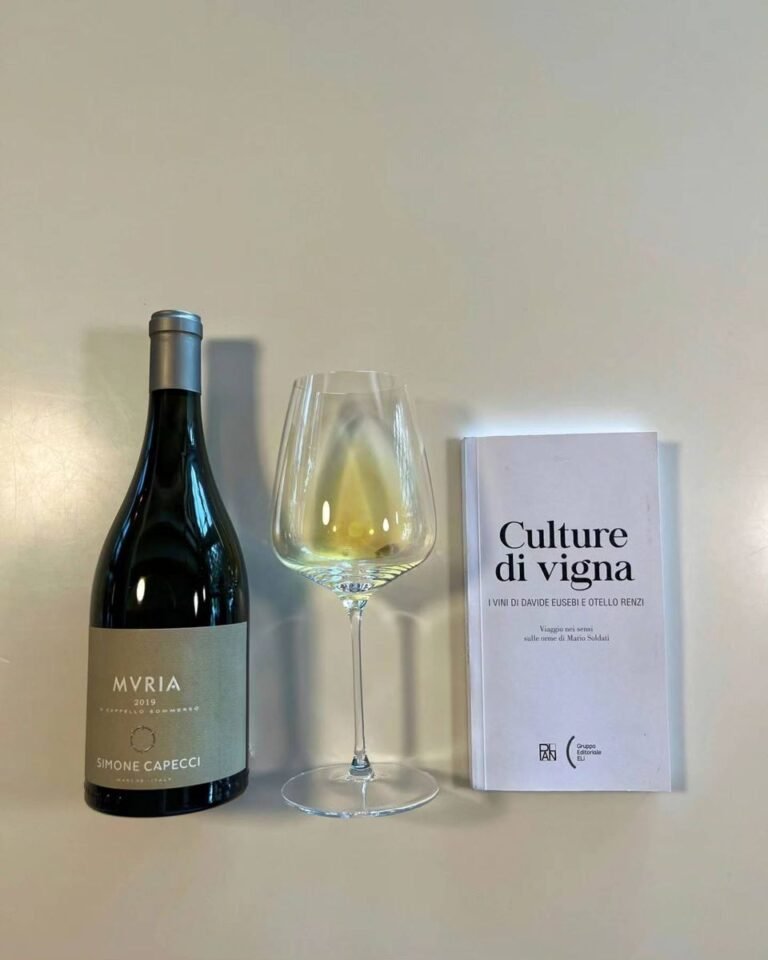PROFILE
To avoid any contact and preserve these perfumes, we take care of the wine as long as it is still must.
We use dry ice during the scapping and pressing of the bunches and we saturate the concrete tanks with an inert gas, these are many of the small details that make the difference.
Our grapes are kept in a cold room for at least 24 hours before being processed, this helps the passage of aromatic substances from the skin to the pulp and prevents the daytime temperatures of late August/early September from triggering spontaneous fermentations.
The cement tank has always been part of the Italian winemaking tradition.
With the advent of steel they gradually went into disuse: the lightness, handling and comfort of the latter were almost forcing the concrete to retire.
When everyone abandoned him by now we decided to bring him back into the vogue, a choice against the trend and a titanic effort just to pursue an idea.
The study of technologies over time has proved us right, if it is true that both containers can be cooled and kept at a controlled temperature, the thermal stability that guarantees cement is not at all achievable with steel which is a good conductor.
This conductivity means that when the wine should rest, and therefore remain as immobile as possible, convective movements are generated due to the temperature difference between the heart of the tank and the walls.
On the contrary, the thickness of the walls of the concrete tank not only prevents the formation of these movements but makes the mass immune to the interference of magnetic fields and vibrations.
MAP
Sorry, no records were found. Please adjust your search criteria and try again.
Sorry, unable to load the Maps API.








